New express buses to airport area, Agricenter, link to New Chicago are among service changes being considered by Memphis Area Transit Authority. Wochit
Organizers of the Memphis 3.0 comprehensive planning effort are asking Memphians to do some soul-searching about the kind of transit system they want.
Should more buses be concentrated on central routes, increasing the frequency of service, but requiring many riders to walk further?
Or should coverage be broadened, with less frequent buses, but shorter walks between bus stops and residents’ homes and jobs?
It’s a difference between running the Memphis Area Transit Authority like a business or running it like a government service, a consultant says.
The consultant, Jarrett Walker + Associates, has been hired to take Memphis’ pulse regarding public transit and present likely scenarios for improving it.
The study will offer conclusions next year based on public input from channels including online surveys at memphis3point0.com, surveys at bus stops and transit centers and meetings with civic and government leaders.
It’s viewed as a precursor to a push by MATA and transit advocates to upgrade services and secure dedicated funding to pay for it.
Memphis 3.0 has been developing a plan to guide policies in land use, neighborhood development, transportation and other areas. Jarrett Walker’s Transit Vision Choices Report was released Tuesday on the Memphis 3.0 website.
MATA joined forces with the Memphis-Shelby County Division of Planning and Development, Innovate Memphis and the Metropolitan Planning Organization to hire the consultant to craft a transit vision plan.
Memphis 3.0 has been developing a plan to guide policies in land use, neighborhood development, transportation and other areas.
Public input points to transit “as an issue that is desperately needing some more investment of time and resources to think about what is our vision for transit, short and long term, and the second question of that, how is transit tying in with the future land use vision for the city…” said John Zeanah, deputy director of planning and development.
MATA lost about 28 percent of ridership since 2005 as service was trimmed because of funding issues, said Scudder Wagg, senior associate at Jarrett Walker. “That’s not the same pattern you’ve seen in peer cities…Most others have been flat in the amount of service they’ve been providing or going up.”
Wagg said the study should provide answers about “what might we be able to do to help address this cycle of decline.”
MATA’s current service “has been spread out in such a way that you are getting service out to a lot of places but it’s not running very frequently, it’s not running very often, and it’s not running all day, in a lot of places, which means it’s not always that useful to a lot of people,” Wagg said.
That’s partly because the city has nearly doubled in area since the 1960s, spreading out the population.
Wagg said MATA routes come to ¼ mile of 60 percent of city residents and ½ mile of 83 percent of residents. “By that measure you’re doing quite well. You’re getting service to a majority of your populace.”
But frequent service – a bus every 15 minutes – only extends to ¼ mile of 1 percent of residents and ½ mile of 3 percent. “In that respect you’re not doing as well, because you’re spreading the resources thinly across the whole city, and you can’t put a lot of frequency in a lot of places,” Wagg said.
MATA chief Gary Rosenfeld said the study would inform the agency’s plans for system improvements.
Rosenfeld has said the agency could add 200,000 hours of bus service by early 2019 with a $30 million increase in funding. A change in state law this year provided new funding options for transit.
“We are looking forward to the results of this study so we have clear direction as to how we lay out service for the future,” Rosenfeld said. “There will clearly be some opportunities available to us as a result of this study, and we’ll clearly need to reexamine and ensure that our current network is adapted to make sure that it recognizes the values that have been identified.”
Rosenfeld said the current system is inadequate for many residents, particularly those who depend on it for transportation to jobs.
“To call service transit that comes once a hour, personally speaking I call that a ride, I don’t call that transit service, and it greatly restricts people’s opportunities when they have to figure out their schedule around a two-hour frequency,” Rosenfeld said.

